On longer stay Lunar Missions
After my last post, regarding the factors that drove the design decisions on the Soviet Lunar Expeditionary program, I got to thinking.
I was rather surprised at the implication that the Apollo mission architecture, of Lunar Orbit Rendezvous was only good for short missions, after all, this was the concept that won the Moon Race.
(The original article is here)
It turns out that Mascons are a much bigger deal than I recognised.
Mascons, short for mass concentrations, are areas of the Moon where gravity is stronger. Typically they are zones of much denser material under the centre of lunar seas, the relics of the impacting body that created those seas.
“The mascons' gravitational anomaly is so great—half a percent—that it actually would be measurable to astronauts on the lunar surface. "If you were standing at the edge of one of the maria, a plumb bob would hang about a third of a degree off vertical, pointing toward the mascon," Konopliv says. Moreover, an astronaut in full spacesuit and life-support gear whose lunar weight was exactly 50 pounds at the edge of the mascon would weigh 50 pounds and 4 ounces when standing in the mascon's center.”
So, how bad can it get? Apollo 16 deployed a subsatellite, PFS-2, (see links below), into an orbit about 100 km high. Within 2 weeks it was skimming a mere 10 km above the lunar surface! The lowest point then improved, but it crashed after a only 35 days.
Most low orbits around the Moon are seriously unstable.
Now think about the launch from the Moon, to re-join the Command Module.
If you are close to the equator, it’s relatively simple - the moon walkers will see the CM passing overhead, and by launching at the right time in any orbit, it’s relatively straightforward.
But if you want to land away from the equator, the orbiter needs to be in an inclined orbit, which will rotate. Think of it this way. The International Space Station sometimes passes over Paris. Once it does so, how long before it passes overhead there again?
You either need an orbiter with enough fuel to change orbits a lot, or there are going to be very few times when you can launch for a successful rendezvous. Well, perhaps you could have the lander do the manoeuvring, but that means increasing the weight of the lander with lots of fuel.
This explains Glushko’s requirement about the return vehicle being able to launch at any time. I don’t think he literally meant ANY time, but within an hour or two is enough to highlight the problem.
Things get better with higher orbits - but this reduces the benefits of Lunar Orbit Rendezvous. Your lander now has to ascend several hundred kilometres, or maybe even more.
So, for a long stay base, you need an orbiter that can:
Stay in a safe orbit for several months
Perform frequent orbital corrections
Change that orbit considerably for rendezvous
It’s not going to be crewed, (the weight of supplies for a stay of months in orbit is prohibitive), so you need a VERY high standard of reliable autonomous operation.
And the crew will want lots of fuel in the ascent stage, just in case! More weight.
These factors explain why the designs for more advanced Soviet missions had a strong bias towards a direct ascent return. (Many mission designs accepted the benefits of a rendezvous in lunar orbit to get there - for example docking with a separate braking stage in lunar orbit, before landing.)
It’s also worth pointing out that NASA’s Lunar Gateway space station for the Moon stays a LONG way out. To quote Wikipedia:
“The Gateway will be deployed in a near-rectilinear halo orbit (NRHO) around the Moon. The eccentricity of the chosen NRHO takes the station within 1,500 km (930 mi) of the lunar north pole surface at closest approach, and as far away as 70,000 km (43,000 mi) over the lunar south pole, with a period of about 7 days.”
Though I have absolutely no idea what use a lunar station is, if it’s seventy thousand kilometres from the Moon…
References:
https://phys.org/news/2006-11-bizarre-lunar-orbits.html
https://en.wikipedia.org/wiki/Lunar_Gateway
The resulting designs:
Note that for this iteration of the expeditionary lander, the Earth descent module, (red arrow), is now inside the pressurised section! Apparently the cosmonauts observed it would be tricky to get in, and were promised a fix…
And the stages of flight for this version of the LKE:
Also, what the **** is this?
This cleaned up diagram appears to show a rather bizarre way of getting the lunar cosmonaut from the LOK to the LK - swing him over, on the end of an extendable boom!
From Russian space forums:
”F. 6 Op. 51-2 D. 77 PRODUCT 11F93. 8161-0. TELESCOPIC ROD.
This means that after the LK was docked with the LOK, the rod was extended forward to the LK hatch.”
I’m hopeful that more information will arrive soon on this unusual design, plenty of people are digging!
We know that the cosmonauts trained for the spacewalk between LOK and LK on zero G flights.
Also, how long can you stay in a space suit?
One of the experiments the Soviets did was to check how long a cosmonaut could stay in a spacesuit, considering the possibility of a pressure failure in the spacecraft, or as they put it: “Experiments with a 7-day stay in a spacesuit while simulating depressurization of the spacecraft during a flight to the Moon.”
Two ventilation modes were used in the experiments. In one mode, the temperature of the air entering the suit was close to the body surface temperature, and all endogenous heat was removed by evaporation of sweat; in the other, 25-40% of the heat was removed from the suit by heating the ventilation air.
The short version is that for 3-4 days, it’s not too bad, but gets worse very fast after that.
Original DZEN article in Russian: https://dzen.ru/a/YGwd1gaR5k_hxlAk
This edition’s cool image:
From “Modelist” magazine, nice and high resolution!
This edition’s cool link:
RGANTD online exhibition about female cosmonauts. It’s in Russian, but you really should be using browser translation if you are interested in this stuff!
This edition’s 7 day download:
All 26 editions of “Novosti Kosmonavtiki” magazine from 1996, the last year in which they were fortnightly. You have one week to download.







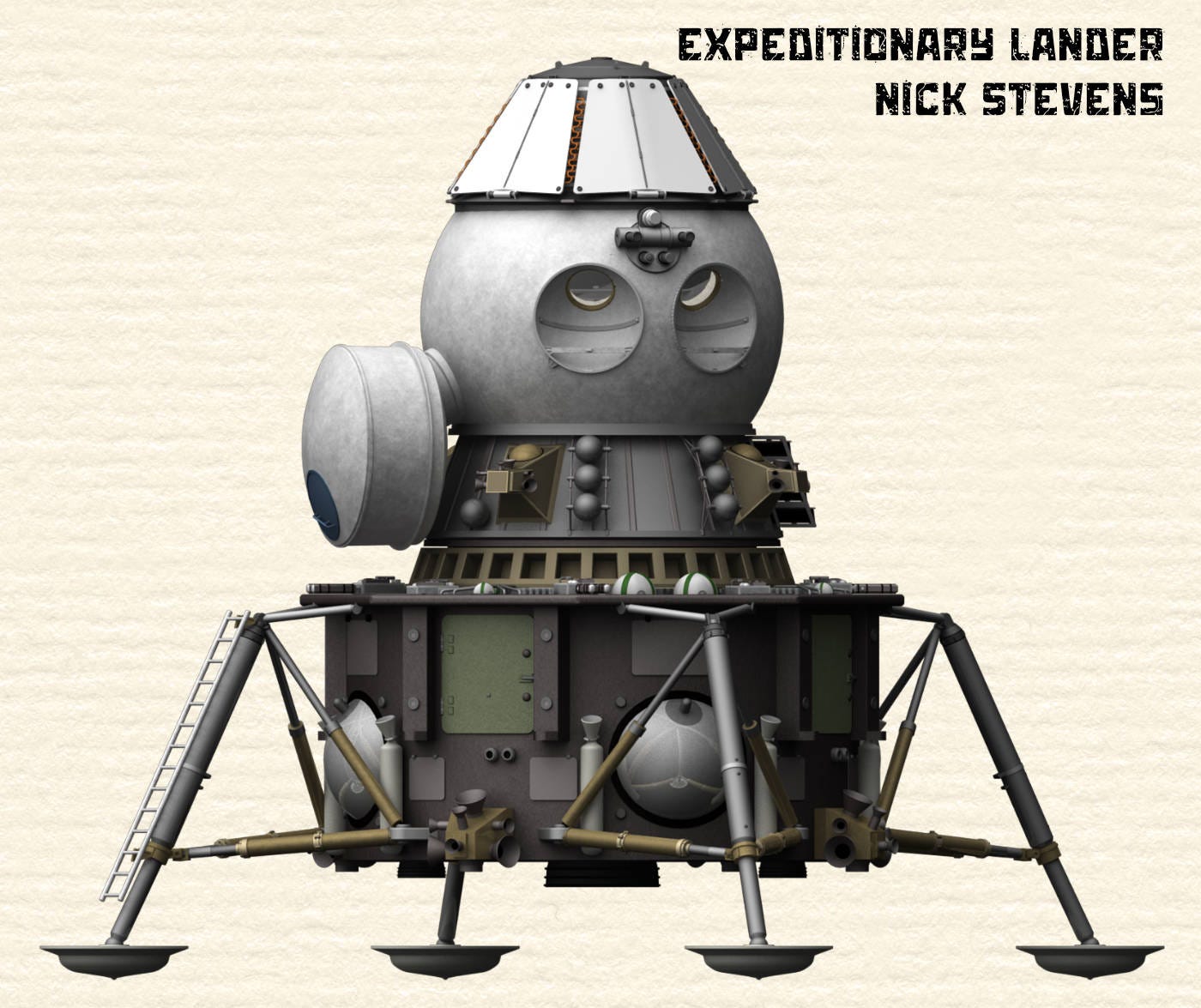


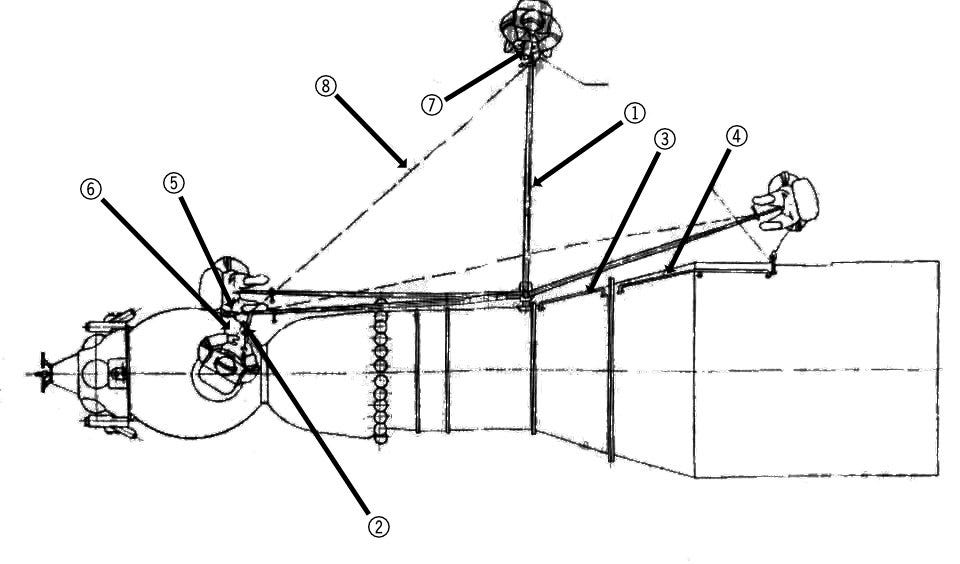


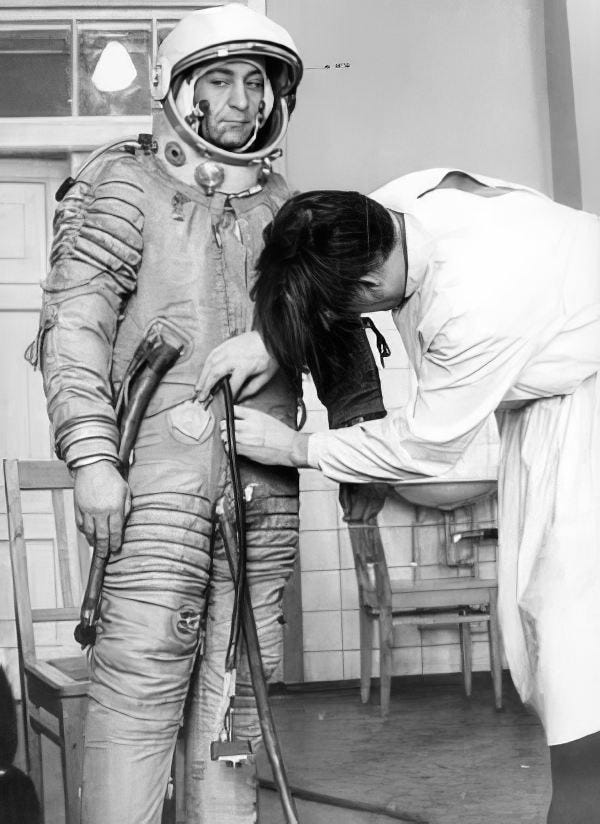
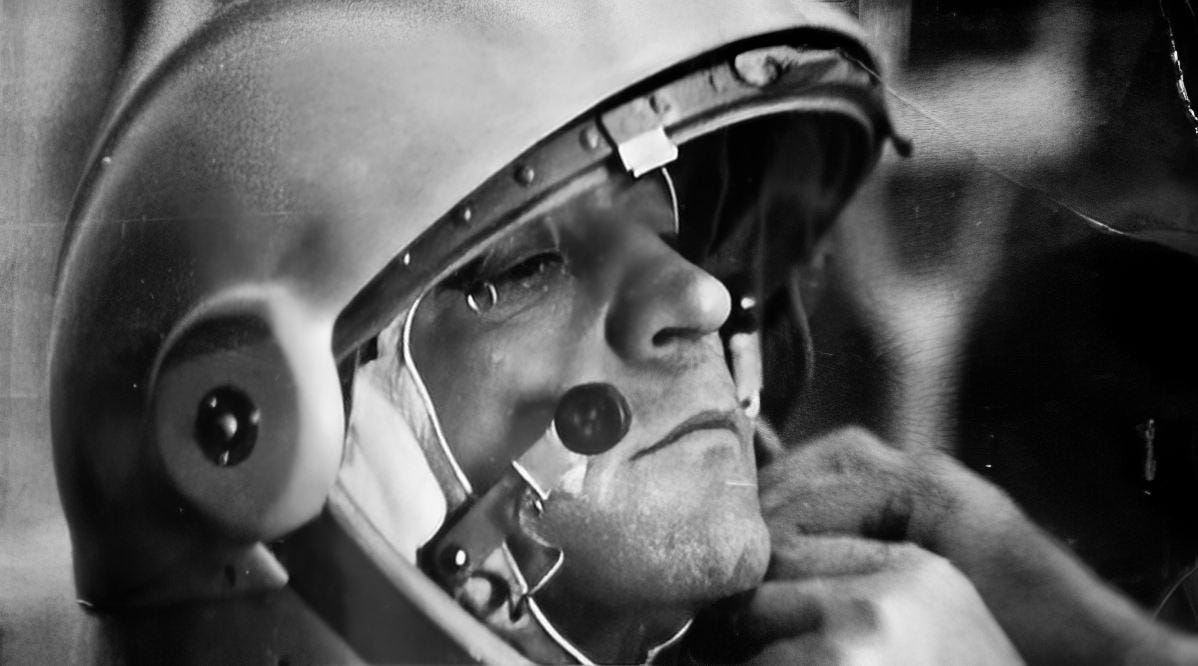

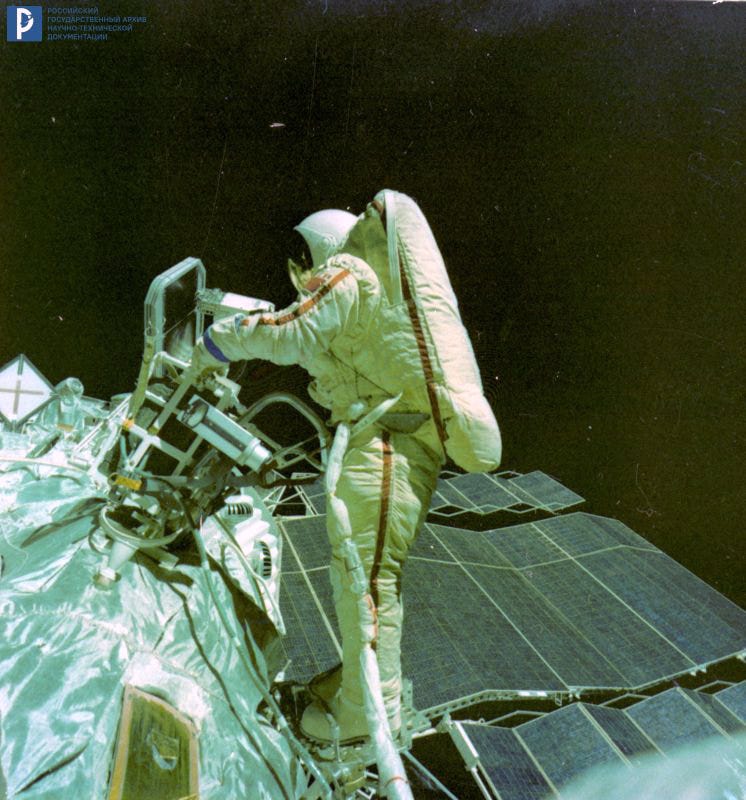
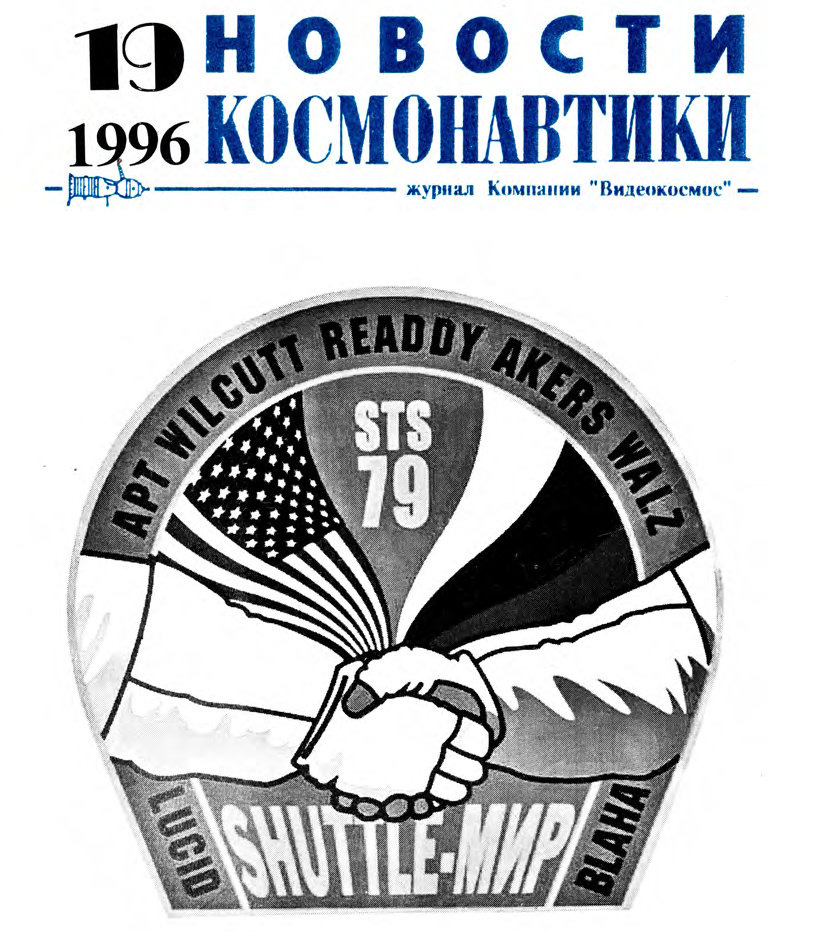
How much did the Soviets know about the locations and strengths of the mascons?the US conducted an intentional reconnoitering before the landing missions. Did the Soviets gather open source data from those, did they do their own detailed mapping, or did they just expect it wouldn’t be an issue for the first small landers?
❤️